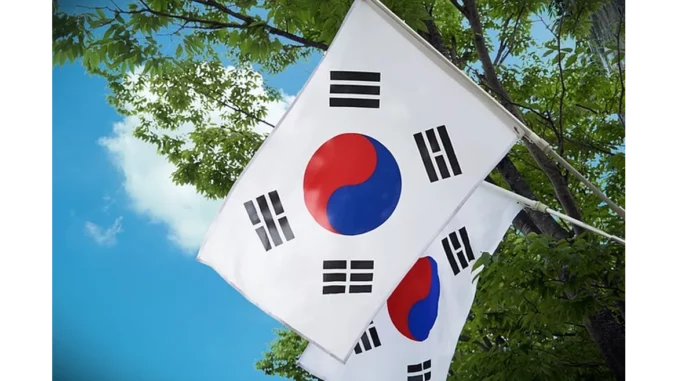
During my engaging discussion with Dr Arif Rahman, a distinguished senior cardiologist at Harapan Kita National Cardiac Hospital in Jakarta, I was keen to explore the remarkable strides being made in healthcare technology across Asia. Dr Rahman had recently been part of a pioneering team that conducted Indonesia’s inaugural robotic cardiac surgery. As we savoured our coffee, he illuminated the significance of this breakthrough and other technological advancements reshaping the healthcare landscape, with a particular focus on developments in South Korea.
“Robotic surgery was once confined to the pages of medical journals,” Dr Rahman began, his enthusiasm palpable. “Now, it has become a tangible reality at Harapan Kita. We recently partnered with SS Innovations from India to bring robotic cardiac procedures to Indonesia, starting with a Totally Endoscopic Coronary Artery Bypass. It was a landmark event for us.” Dr Rahman elaborated on the hospital’s careful selection process, ultimately choosing the SSi Mantra system, a comprehensive solution for robotic cardiac surgery. The precision and control offered by this technology are unparalleled, significantly reducing recovery times and enhancing patient outcomes, he noted.
While the conversation with Dr Rahman was invigorating, the developments in South Korea captured my attention even more. Delving into this topic, Dr Rahman shared insights into the South Korean government’s initiative to pilot an electronic medical records (EMR) system for defunct health facilities—a project that feels almost visionary. “In South Korea, the Ministry of Health and Welfare is undertaking something truly remarkable,” Dr Rahman observed. “They’ve established an electronic system to store and manage patient medical records from closed health facilities. This is particularly beneficial for patients who might otherwise lose access to their vital medical histories.”
The pilot programme, as Dr Rahman detailed, involves 12 public health centres and aims to ensure patients can retrieve their medical records even if their healthcare provider has ceased operations. Developed in collaboration with the Korea Health Industry Development Institute, this system could serve as a model for other countries grappling with similar challenges. “Preserving medical records is crucial,” Dr Rahman emphasised. “It ensures continuity of care and empowers patients to take control of their health. South Korea’s leadership in this arena is commendable, and I hope other nations will follow suit.”
Our conversation meandered through other fascinating advancements in the region. We touched upon KPJ Health in Malaysia, which is exploring artificial intelligence for diagnostics, and HealthCare Global Enterprises in India, which is leveraging generative AI for cancer research. Dr Rahman highlighted how these diverse innovations are interconnected by a common thread—the transformative potential of technology in healthcare. “The new digital health research centre at IIT Kharagpur, supported by Tata, is another example,” Dr Rahman pointed out. “This facility will advance research in digital health, robotics, and intelligent systems, demonstrating how collaboration between academia and industry can drive innovation.”
As our interview drew to a close, I was left with a profound sense of admiration for the strides being made in healthcare across Asia. From robotic surgeries in Indonesia to electronic medical records in South Korea, the region is leading the charge in embracing technology for improved patient care. Dr Rahman’s insights provided a glimpse into a future where healthcare is not only more efficient but also more accessible and patient-centred. In taking leave of Dr Rahman, it became clear that these complex advancements are rooted in a simple yet powerful objective—to enhance lives. As Asia continues to spearhead healthcare innovations, the world observes, learns, and hopefully, follows its lead.


Be the first to comment